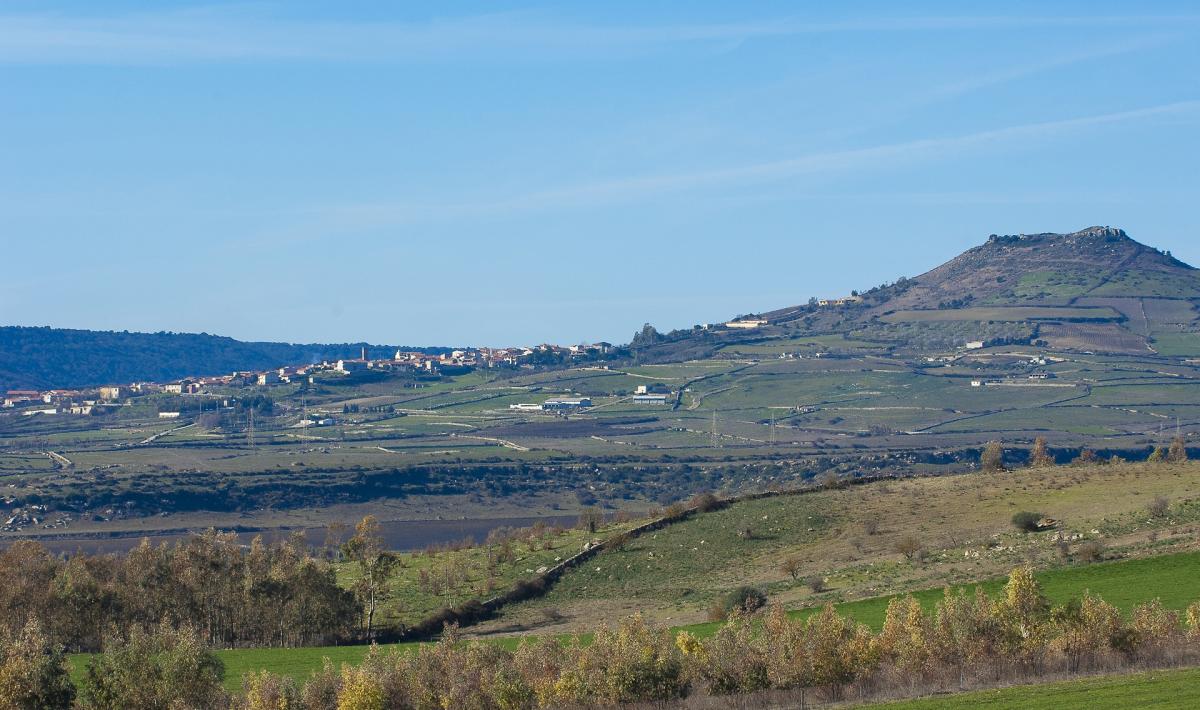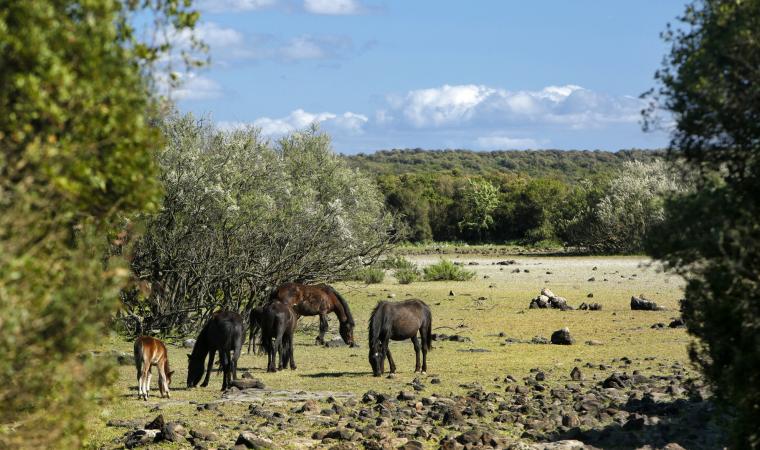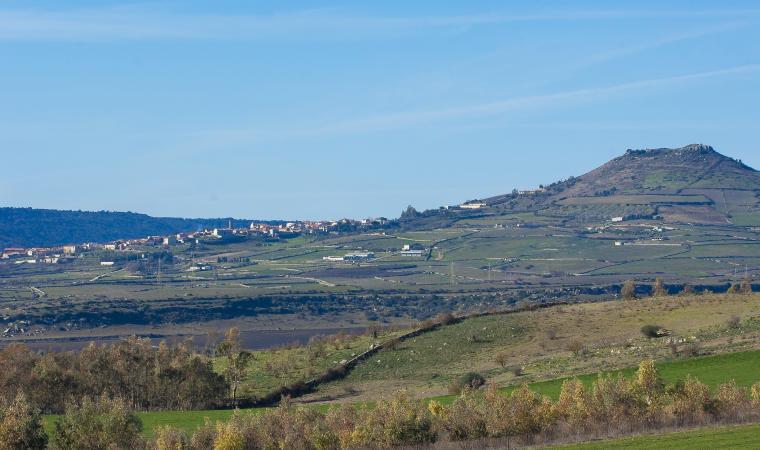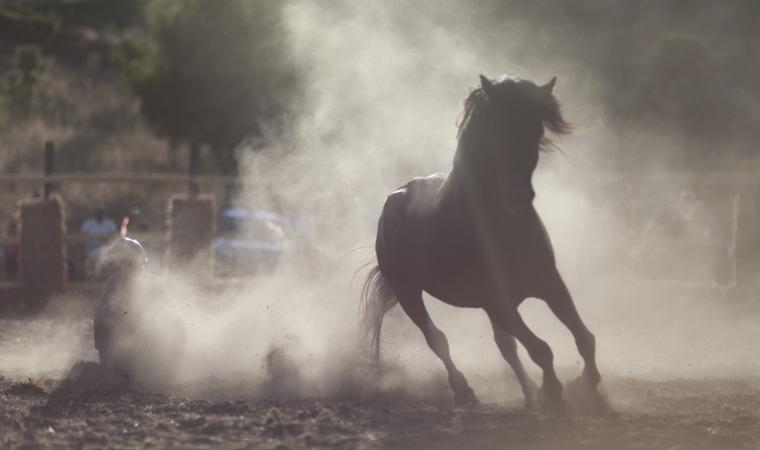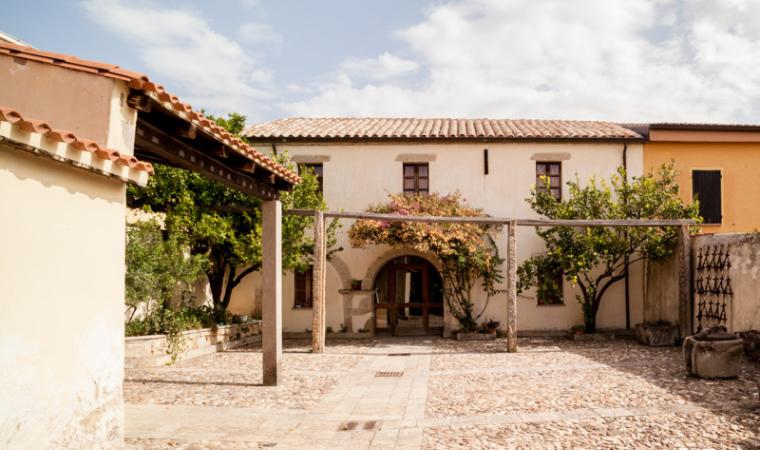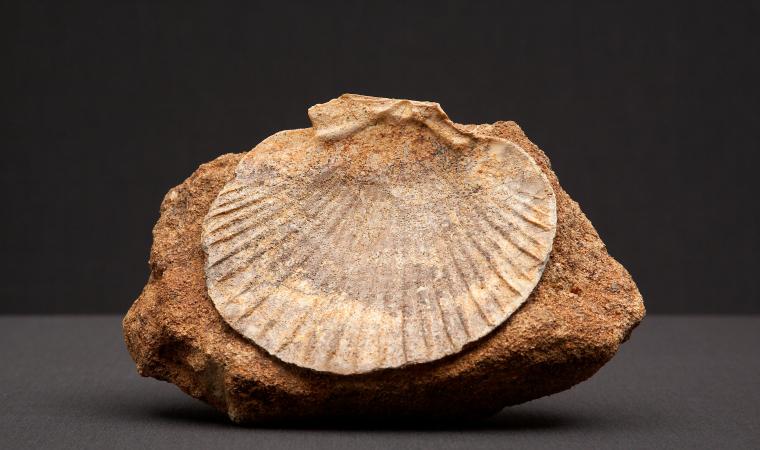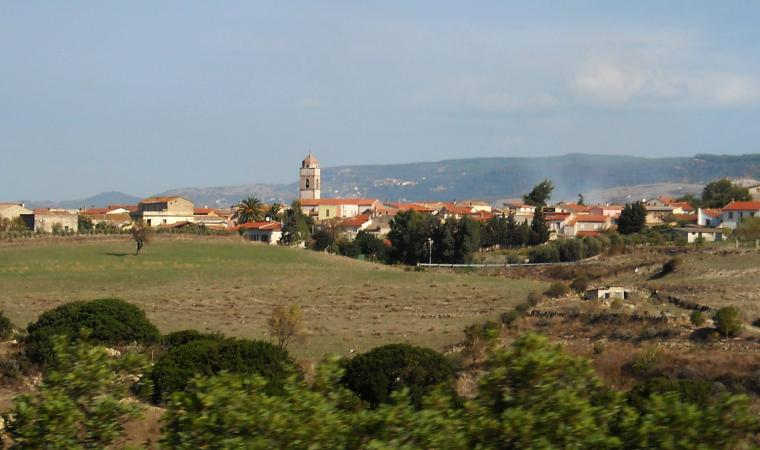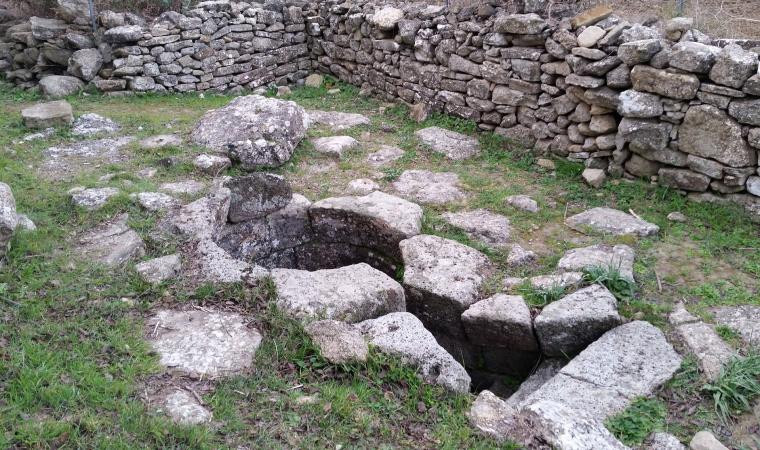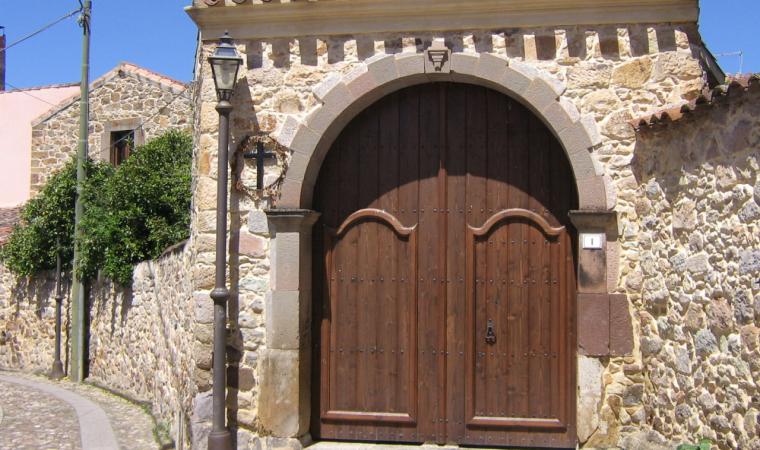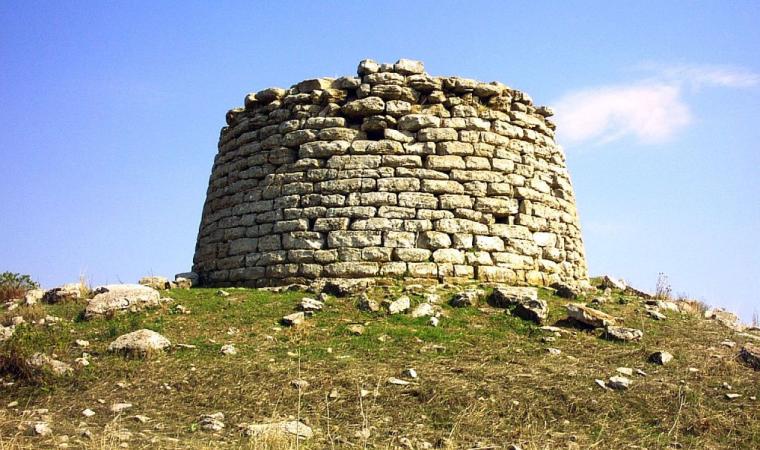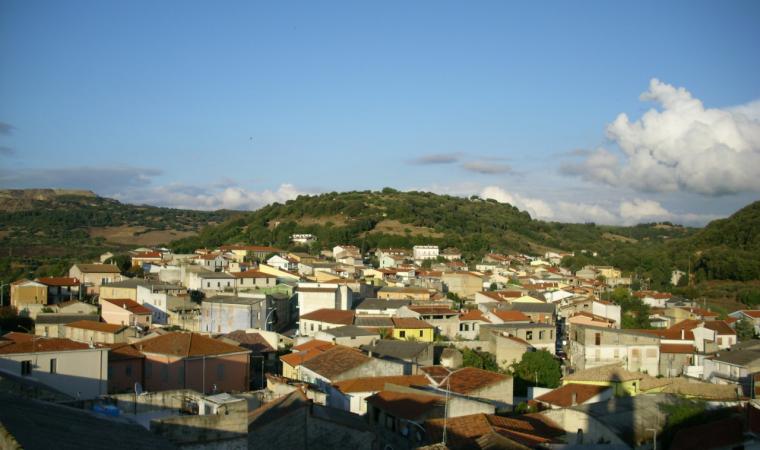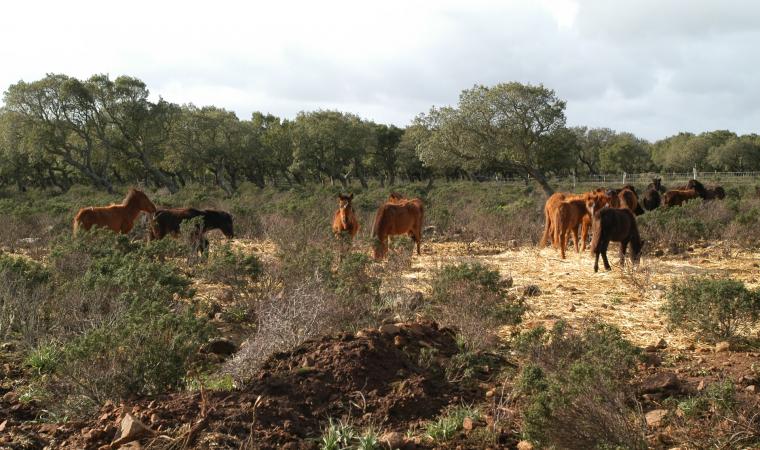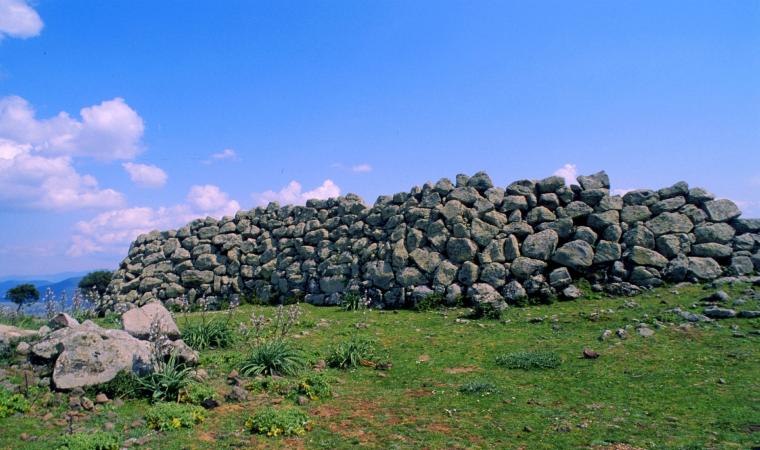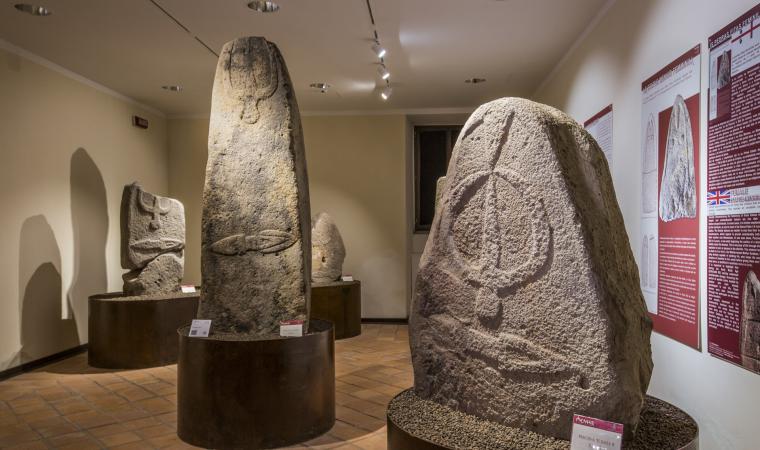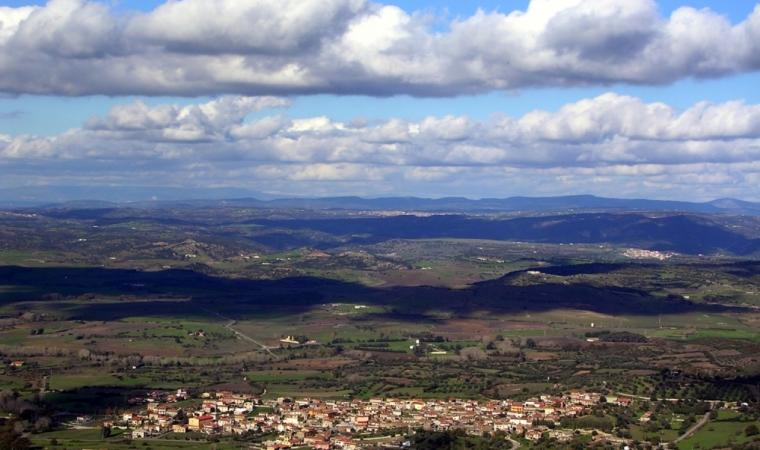Genoni, in the Sarcidano region, rises on the slopes of the volcanic hill of Santu Antine that dominates and protects it. The town is steeped in tradition and boasts some 800 inhabitants, as well as being surrounded by pristine nature and important archaeological sites. The little centre is divided into eight historical districts, one of which is home to the remains of a convent built in 1638. Its importance was documented by a 1550 map, Insula Sardinia, its name one of very few mentioned.
Santu Antine is an outcrop exposed through the erosion of the Jara Manna (or Giara di Gesturi). At its top are the remains of a Punic era fort (IV century BC), which had six towers, and a building that many believe to be the famous temple dedicated to the goddess Guinone, after which the town was named. There is also a chapel of the Romanesque church of Sant’Elena and San Costantino Magn, saints celebrated in early August with costumed processions and a hundred knights. Before it became a place of Christina worship it was a Nuragic era sacred well, the deepest of all Sardinia (39 m). It is one of many prehistoric sites that grace the area, the most interesting of which is in Duidduru, a geo-paleo site that can be visited, unique to Sardinia and one of very few in Italy. Some of its fossil remains are on display at the Paleo Archaeo Centre at the feet of the hill. Neolithic and Roman remains were are also found inside the sacred well. The area was densely populated in the Bronze Age, as proven by the 25 nuraghe, some still whole and open to the public, like Birìu and Santu Pedru, a variety of villages and the Conornoa arrubia sacred well.
From the top of the 600 metre high Santu Antine hill you can see all the way to Giara, one third of which falls under the jurisdiction of Genoni (1700 hectares out of 4200). It is characterised by flora that has adapted to life at altitude, with endemic species such as cork, holm oak, durmast, arbutus and myrtle surrounded by rainwater lakes (paulis) and the Giara horse, which the Phoenicians brought with them. Today there are still some 600 of them in the wild. Genoni is home to a centre that safeguards them, as well as the Museum of the Cavallino della Giara in an old house. The rural life of town is also on display at the museum. The most important religious celebrations are the bonfires of San Antonio Abate in January, the feast of Sant’Isodoro and that of the Madonna del Sacro Cuore, both in May.

